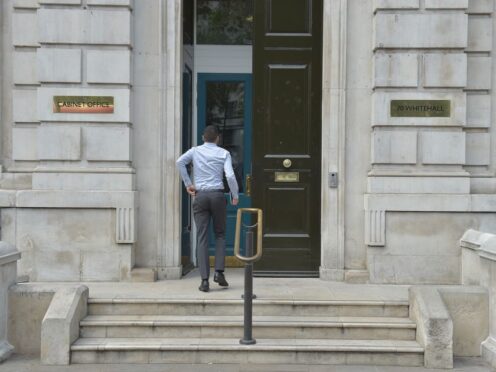
The process to appoint government non-executive directors is “unacceptably sluggish” and lacks transparency and fairness, MPs have warned.
Non-executive directors are appointed from outside government by ministers to provide Whitehall departments with advice, scrutinise performance, promote transparency and take a long-term perspective.
But the Commons Public Accounts Committee (PAC) said the process to hire for these roles is not set up to encourage diversity, with a lack of transparency on requirements for political independence, and takes an unacceptably long time – often more than six months.
Only 3% of the subset of non-executive directors the Government collects data on have declared a political interest, with the figure based on candidates self-declaring conflicts of interest or donations to political parties, the MPs noted.
The PAC’s report also criticised the lack of plans for diversity targets or checks on bias, saying that not enough is being done to ensure that the hires are fully representative of UK society.
MPs said the set-up of selection panels, which are chosen by ministers, who also make the final decision, could appear insular.
Only 7% of appointments last year were completed within three months of a competition closing, with the average appointment taking more than six months, and others taking over a year.
These delays can mean the departmental boards are left with vacancies and unable to function properly, and can even put off potential applicants, according to the panel.
PAC chairwoman Dame Meg Hillier said: “Many non-executive directors do a fantastic job in providing independent challenge and strategic oversight on the boards to which they are appointed.
“But the appointment process is in a number of cases wanting in fairness and political independence.
“Too many selection panels are set up in a way which leads to a closed loop of people involved in the process – from the recruit panel members to those appointed. Government is falling short on best practice in other sectors.
“Not enough is being done to ensure that these roles are fully representative of society at large.
“The process itself is unacceptably sluggish, with most waiting over six months to take up their roles.
“Given the significance of non-execs to any board on which they serve, the Government must also ask itself hard questions on whether it’s doing everything possible to attract the right and the best people for the job.”
A spokesperson for the Cabinet Office, which oversees all public appointments, said: “We are proud of improvements that have been made to the public appointments system over the last few years.
“The UK is one of the few countries in the world with such a fair and merit-based approach to public appointments, which is transparently set out in the Governance Code on Public Appointments.
“Clear guidance on the political activity of those appointed is set out, with only 3% of appointees declaring a political interest.”

Enjoy the convenience of having The Sunday Post delivered as a digital ePaper straight to your smartphone, tablet or computer.
Subscribe for only £5.49 a month and enjoy all the benefits of the printed paper as a digital replica.
Subscribe